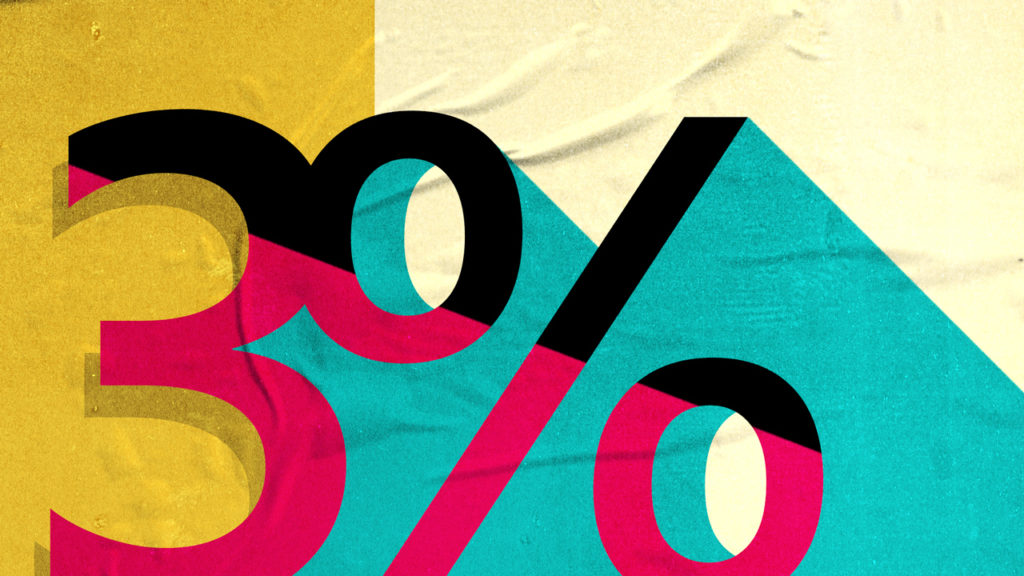For months, the industry has been busy deciphering how to COVID-proof brands, budgets and remote work. Now with a resurgence of cases across the country and the development of multiple vaccines underway, marketers must once again shift their paradigm if they’re to survive the new normal, which is anything but new at this point.
During a virtual panel at this week’s 3% Conference, three international leaders described their first-hand experience of the pandemic, including how remote work has impacted their organizations’ creativity levels and how lockdowns changed the way they expect to do business going forward. Ahead we’re sharing key takeaways from the panel, which featured chief executive officer of Havas Media Group Italy Stefano Spadini, executive creative director of Wieden + Kennedy Shanghai Vivian Yong and chief talent officer of Publicis Groupe Australia New Zealand Pauly Grant.
“Agility is the new black. As human beings, we’ve been flooded overnight with all sorts of emotions, but as business leaders, we need to remember we own our emotions, [and] it’s up to us to control them,” Havas Media Group Italy CEO Stefano Spadini says. As a result, the CEO, he argues, must now act as a “chief enabling officer,” one who acknowledges their team’s commitment to the company and ability to remain nimble during this turbulent period.
The shift to teleworking affords a host of work-life balance benefits, including increased focus, flexibility in schedule and less time lost to traffic. Still, Spadini says technology cannot replace certain pre-pandemic activities, like major client presentations, annual conventions and holiday parties, because “we’re human beings, not just a bunch of pixels.”
Safety concerns around COVID-19 have forged creative resilience in Italy, Spadini notes. “Because of COVID, public beaches took a giant leap in services. It’s now possible to book your own specific spot on the beach. You get a QR code and can access it via mobile, something that was literally impossible to foresee just a year ago.”
On the other side of the globe, Vivian Yong and her team at Wieden + Kennedy Shanghai were busy helping lift spirits through a public awareness campaign called “You Can’t Mask a Smile.” The team photoshopped pictures of their lighthearted facial gestures onto protective masks, captured in photo booth-style images that they affixed to the building to spread cheer to passersby and the adjacent hospital. #YouCantMaskASmile reached over 1 million on Chinese social media platform Weibo, and inspired local businesses to partake including GAP, Bose and Alibaba.
Yong says working from home didn’t impact her team’s creative productivity, leading her to wonder if employees would benefit from enclosed office spaces and the option to work from home.
Meanwhile, in New Zealand, Publicis Groupe ANZ CTO Pauly Grant was busy convening a task force responsible for the execution of remote production and studio projects. Publicis Groupe, she says, was equipped to make the switch to teleworking, for in 2019, it launched a flexible work program called Publicis Liberty, which 40 percent of staff accessed in the first half of 2020. Hence the reason it took the company just three days to mobilize everyone to work from home.
Part of Publicis Groupe’s success with COVID-19 lies in its artificial intelligence-driven platform Marcel, which it launched in 2017 as a place where its 80,000 employees worldwide could collaborate, find jobs and gain industry insight. Thanks to Marcel and another job security initiative called The Bench, which allows staff from different agencies to work on various projects across the company, Publicis Groupe has saved around 1,000 jobs in the US and 800 around the world amid COVID-19.

